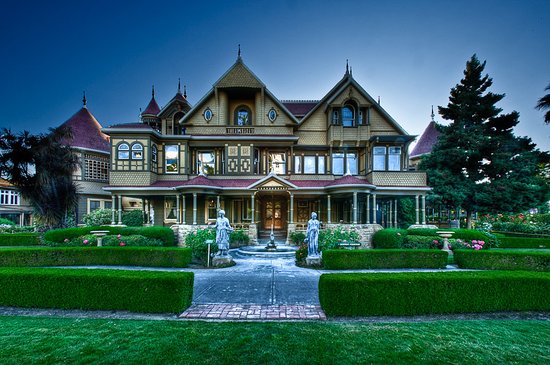
Written shortly after the initiation of Hitler’s political activities for the military, it already portrays extreme views later reflected in Nazism and his ’25-Punkte-Programm’.

Rabbi Marvin Hier declared it "he most significant historic document ever acquired by the Simon Wiesenthal Center” as the first documented and published source in which Hitler displays anti-Semitism. Written in Munich, it called for 'rational' anti-Semitism, respecting a planned idea of resolving the “Jewish Question”. Karl Mayr chose Hitler to reply to a letter aiming to clarify the so-called Jewish question to German soldier Adolph Gemlich given Hitler was “so passionate” on the subject and “had done so well” in the military’s re-education course, and also because he was seen as an “expert regarding Karl Marx’s work ‘On the Jewish Question’”. The ‘Gemlich Brief’, by Adolf Hitler, written on the 16 of September 1919. Points 4, 5, and 6, define a “Staatsbürger”, however clearly present the “Jude” as non-fitting to the German people: “Kein Jude kann daher Volksgenosse sein.” Between April and August the Jew gradually became the focus of his discourses, until the 13th of August where he presented “Warum sind wir Antisemiten?” Hitler, developing into a significant figure of the DAP, was a main transmitter of ideas of the party’s program and was chosen chairman on July 29 1921, giving him ultimate authority.In February 1924, the DAP was renamed the ‘National Sozialistische DAP’, publishing the “25-Punkte Programm” – in which Jews are firstly referred to as foreign. While Hitler began to develop the culture of his speeches in 1920, which he explained later in Mein Kampf: „people are influenced less by the written word than by the spoken word“.

In September 1919 he was chosen to answer a letter of Adolph Gemlich, in regard to the role of Jews in Germany, in the name of the Bavarian Reichswehr - as Karl Mayr considered him an “expert” on the question. In June 1919 in the Reichswehr-Gruppenkommando 4, sponsored by the military, he was trained as a soldier, taking a “political re-education course for demobilizing soldiers after the Munich uprising.” He joined the ‘Deutsche Arbeiter Partei’ in the summer of 1919, in which he soon took a leading role meeting influential figures such as Alfred Rosenberg and Dietrich Eckart. Within the Bavarian revolution of the Räterepublik, “the notion of an international Jewish conspiracy could be made to sound plausible”. After WWI, in March 1919, Hitler returned to Munich where he was confronted with the communist ‘Münchener Räterepublik’, which initiated his political engagements. Hitler was a successful corporal during the war, proven by the iron cross he was awarded. As WWI broke out, he was accepted in the German army, after volunteering. In 1914, Hitler was rejected by the Austrian army for being “too weak”. In 1909 he faced failure in the artistic examination however in 1910 Reinhold Hanisch acted as a salesman for Hitler’s first artworks – postcards, paintings, and advertising posters - first selling on February 9th 1910, until 1913.

Her death in 1907 was followed by Hitler’s move to Vienna to begin his 6 year old dream, at the Academy of Fine Arts: to become an artist. The identification of his mother’s incurable cancer was announced by the family’s private doctor - Dr. Hitler first attended Linz Realschule at the age of 11 in May 1900 – three months after his brother’s death, followed by his father’s in 1903. English, French, and German secondary sources, such as August Kubizek (described as “a personal – and exclusive – friend” to Hitler) will be interpreted, to such respected authorities as Kershaw and Rosenbaum, to test Hitler’s personal writings against his own conscious bias. Finally, ‘Mein Kampf’, both political testament and auto-biography nationally published in Munich in 1925, will be analysed. Another crucial source from the following year will be a speech delivered at the Hofbräuhaus in which he publicly expresses his anti-Semitism from personal initiative. These become increasingly public over time, starting with what is considered his “first anti-Semitic writing” – a letter written in 1919. When did Adolf Hitler first exhibit anti-Semitic views? This investigation will examine the origins of Hitler’s anti Semitism, considered herein as “actions and attitudes against Jews based on the belief that Jews are uniquely inferior, by their very nature,” focussing primarily upon three primary sources from Hitler himself.

When did Adolf Hitler first exhibit anti-Semitic views?


 0 kommentar(er)
0 kommentar(er)
